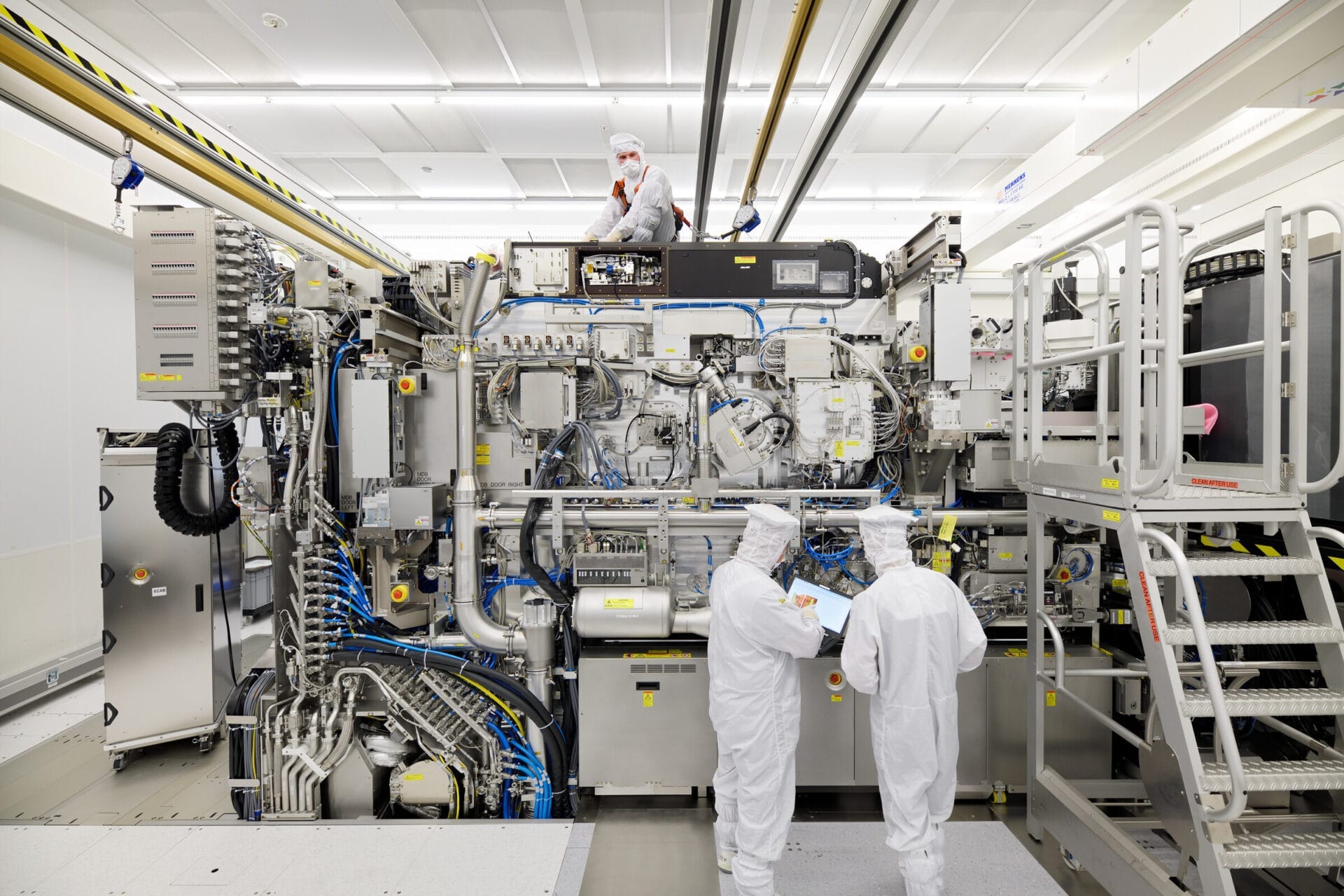Taiwan Semiconductor Manufacturing Corporation (TSMC) is planning to buy ASML’s newest High NA EUV lithography system by the end of 2024. This is a big step for the semiconductor field. The machine, called the Twinscan EXE:5000, costs around $350 million and is filled with state-of-the-art tech for chip production.
Advanced Technology Features
This high-tech system has an incredible 8nm resolution and operates with a 13.5nm EUV light wavelength. It allows chipmakers to create smaller chips and fit in up to 2.9 times more transistors than what was possible before. TSMC aims to implement this technology in its upcoming 1.4nm (A14) manufacturing process, intending to start mass production by 2027.
Industry Adoption
Intel has already taken the leap by being the first to use High NA EUV, having set up two machines at its facility in Oregon earlier in 2024. Samsung is expected to follow suit, likely by early 2025. Currently, Intel, Samsung, and TSMC are the only confirmed companies with access to ASML’s advanced technology, primarily due to international trade regulations that prevent Chinese companies from obtaining it.
Challenges Ahead
Although ASML has claimed to receive 10-20 orders for these machines, bringing them into operation isn’t as easy as it sounds. Their large size means that manufacturers may have to significantly upgrade their existing facilities or even construct new ones. Additionally, these machines have a smaller imaging field compared to current NA EUV systems, which requires a redesign of chip architectures.
TSMC’s decision to invest in High NA EUV highlights its dedication to leading in advanced chip manufacturing, especially as the demand for AI chips keeps rising. Even though it might take a few years before mass production with this technology truly begins, it represents a move towards the future of semiconductor manufacturing.


Leave a Reply